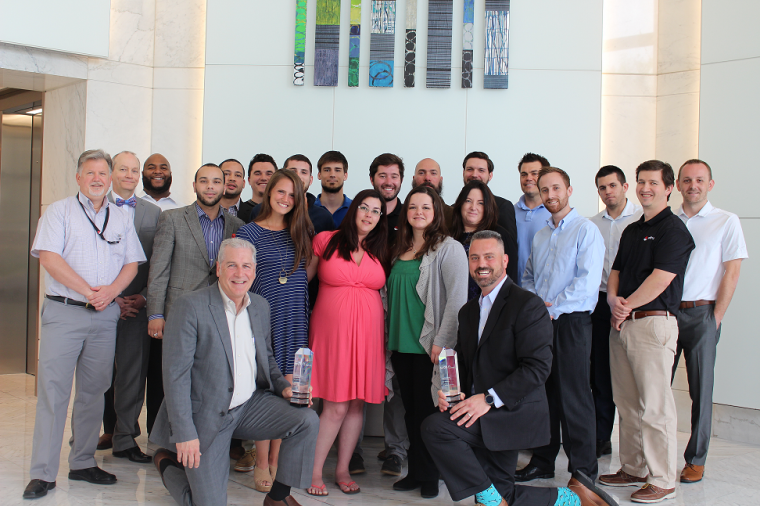10 DevOps Do’s and Don’ts for Government Agencies

DevOps is a powerful IT services management approach for the public sector. Implemented strategically, DevOps can help speed and efficiency in developing IT.
But where should agencies start? Instead of simply throwing DevOps as a new system at your agency and hoping for the best, different methods need to be used to best optimize workflows and impact.
In DevOps Fundamentals for Government Agencies, an online course developed by DLT and GovLoop, our very own solution engineer Rick Stewart offers agencies the following tips:
“I would say start off small with picking an application that you want to model, and perform, and create a DevOps environment, and it’s important for all teams to develop standards and goals to see what they want to get out of this new environment, and agree on a continuous integration and a continuous delivery framework and not be dictatorial, either Development shoving it on Operations, or Operations being dictatorial back to development. It has to be a collaborative effort that they agree upon that framework.”
But how do you implement DevOps?
In Lesson 4 of the course, DLT partner, Red Hat offers some DevOps do’s and don’ts:
• Do move away from the traditional when it comes to architectures, projects, and teams. Not only is it a monolithic approach fraught with delivery risks, it’s also a lot harder to implement in DevOps practices. Establishing strong communication skills and cross-functional teams is much harder when your team consists of hundreds of people.
• Do build meaningful automation by establishing standards first. Define standard parts and processes before you attempt to create a supporting infrastructure of automation. Skip this part and your automation is useless because it won’t be able to handle the one-offs that the customer requires, or you end up managing many script versions.
• Do instill pride of ownership in your teams. Try a strategy in which a team has ownership of a product through to production and has clear visibility into the status at all points in the lifecycle. Include all team members in any celebration of wins.
• Do encourage innovation and experimentation. Allow people to experiment and fail and don’t shame or blame them if they do.
• Do embrace feedback, metrics and monitoring. Establish a consistent feedback loop to identify paint points and obstacles.
And now for the “don’ts”:
• Don’t reinvent the wheel. In order to provide customer value, don’t get in the game of building a custom automation framework that you need to forever maintain and manage. Empower your teams to continue delivering value by encouraging the use of industry tools and frameworks.

• Don’t promote a culture of secrecy, judgment and fear of retribution. Try to create a culture in which an individual is not scared to make a mistake. Instead institutionalize blameless post mortems so that teams can feel comfortable discussing what led up to an incident and collaboratively learn how to avoid it in the future.
• Don’t do something manual more than twice. If you have a commonly occurring task look to automation to automate lower-value repetitive tasks using technology.
• Don’t create bottlenecks that create a single point of failure on your team. Instill in your team a high level concept of each of the roles, their function, and the tools and processes used to promote transparency and understanding.
• Don’t get overwhelmed. As you identify and uncover bottlenecks you may run into bigger constraints, but stay focused on eliminating kinks in the process – this is one way to ensure they don’t crop up again.
Ultimately DevOps is about achieving more efficiency throughout IT – better quality, consistency, and repeatability. Check out the complete (and free) 30-minute course on DevOps Fundamentals in the GovLoop Academy. You’ll learn:
• What is DevOps?
• Why DevOps is necessary for the public sector.
• See an example of DevOps at work in the form of a top down implementation of DevOps by the U.S. Courts system.
• And find out if your agency is ready for DevOps.










































